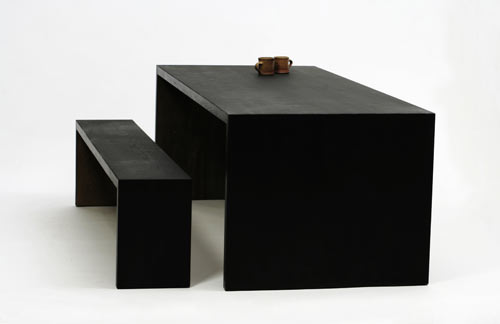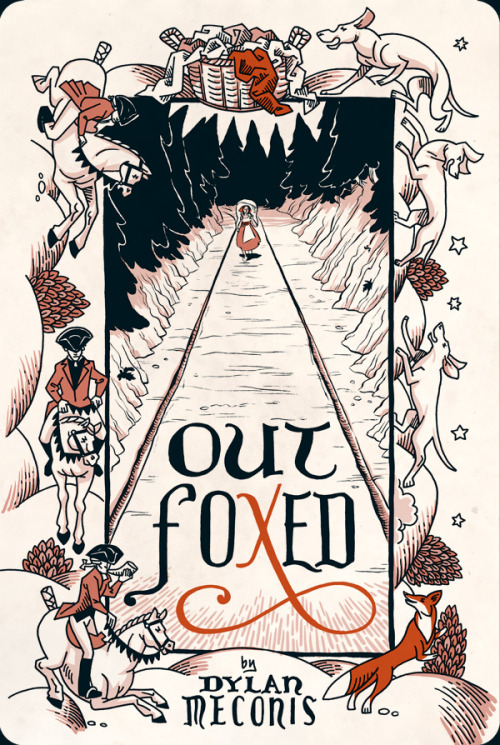The New York Times ran an interesting article on the American Museum of Natural History's $2.5 million project of restoring the dioramas in the Hall of North American Mammals. Even though the dioramas are a favorite of many, I think most people don't realize how much care and talent went into all of the aspects--the taxidermy, landscape paintings, and foreground creation. Since the Hall opened in 1942, things have started to look a little faded (although to be honest, I noticed the wear on taxidermy specimens more at the Natural History Museum in London). It's to be expected, and (many endangered) animals aren't exactly being hunted and killed for museums now. Better to restore than replace, right?
Before and after restoration of the mountain goat
Coyote
"The larger animals, like the bears, are often left in place, with the artists perching on cantilevered platforms to avoid damaging the dioramas’ delicate interiors. But sometimes even large animals have to come out. A trio of Dall sheep, for example, will have to be removed and put in a giant freezer off and on for several weeks to kill off an insect infestation in their horns.
Natural history dioramas were developed in the late 19th century as museums began to move away from the practice of presenting taxidermy specimens alone in display cases, like objects of art. At the New York museum, the earliest dioramas were called “habitat groups,” four-sided glass cases of mounted birds with a background painting of their habitat. Under the influence of Carl Akeley, a naturalist, sculptor and taxidermist who came to the museum in 1909, the more modern form of diorama evolved. That form contains three elements — the animals, the background painting and the vegetation, rocks, soil and other foreground objects. Different artists and specialists were responsible for each, traveling to a location — almost all the dioramas recreate specific locales, often in national parks — to draw sketches, collect the animals and gather foreground material."
I loved being scared by the dioramas as a kid (and still do). I find the largest animals literally breath-taking.


















































